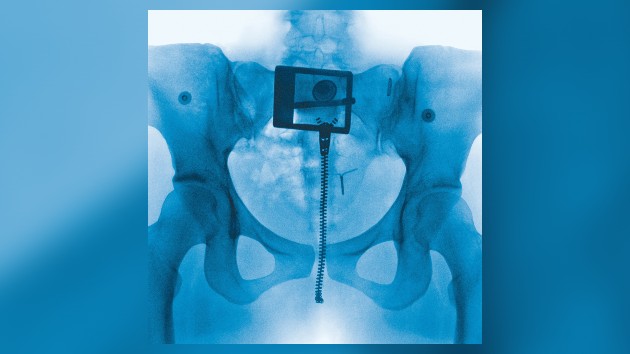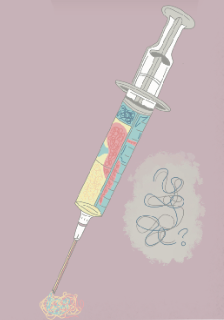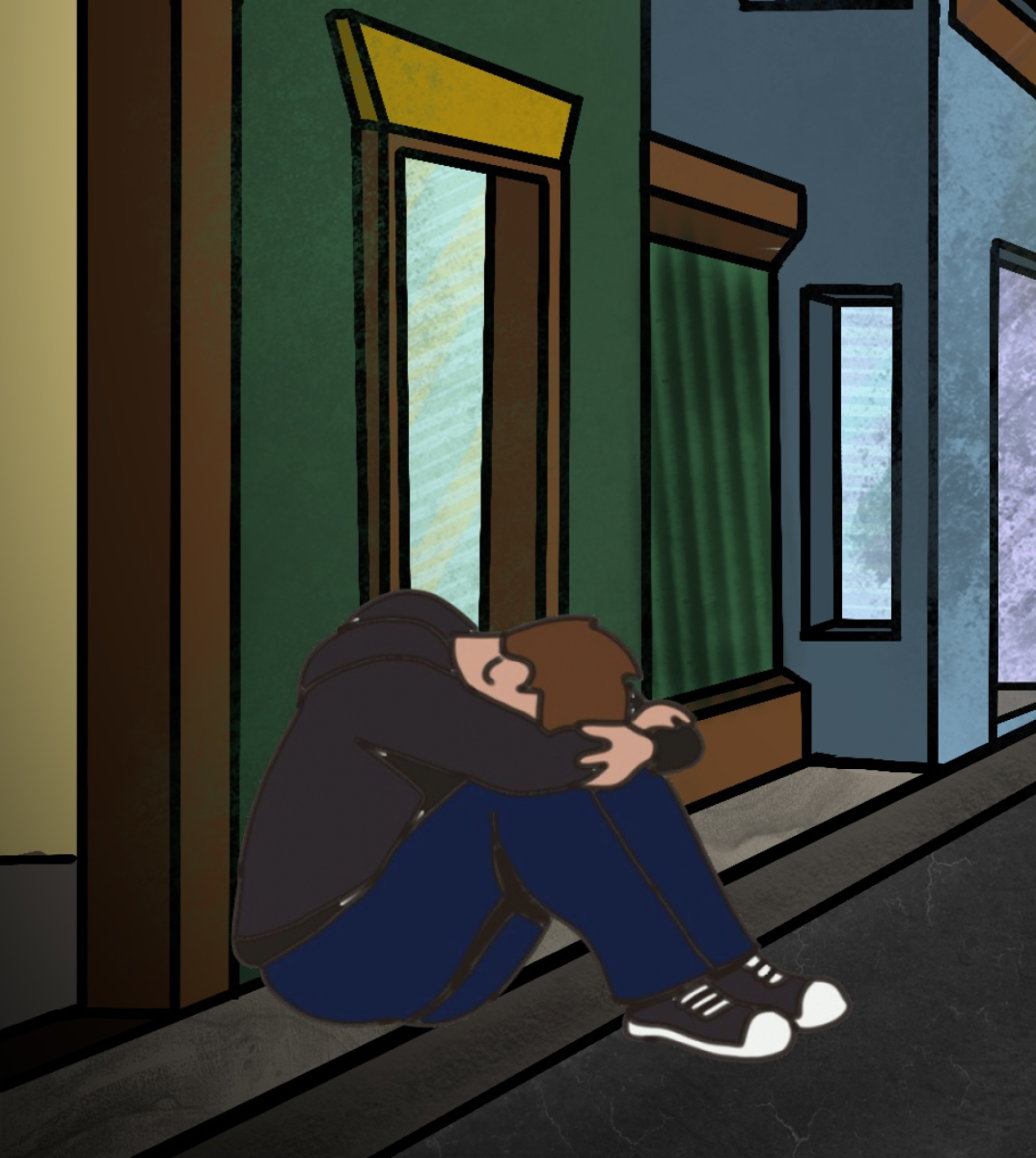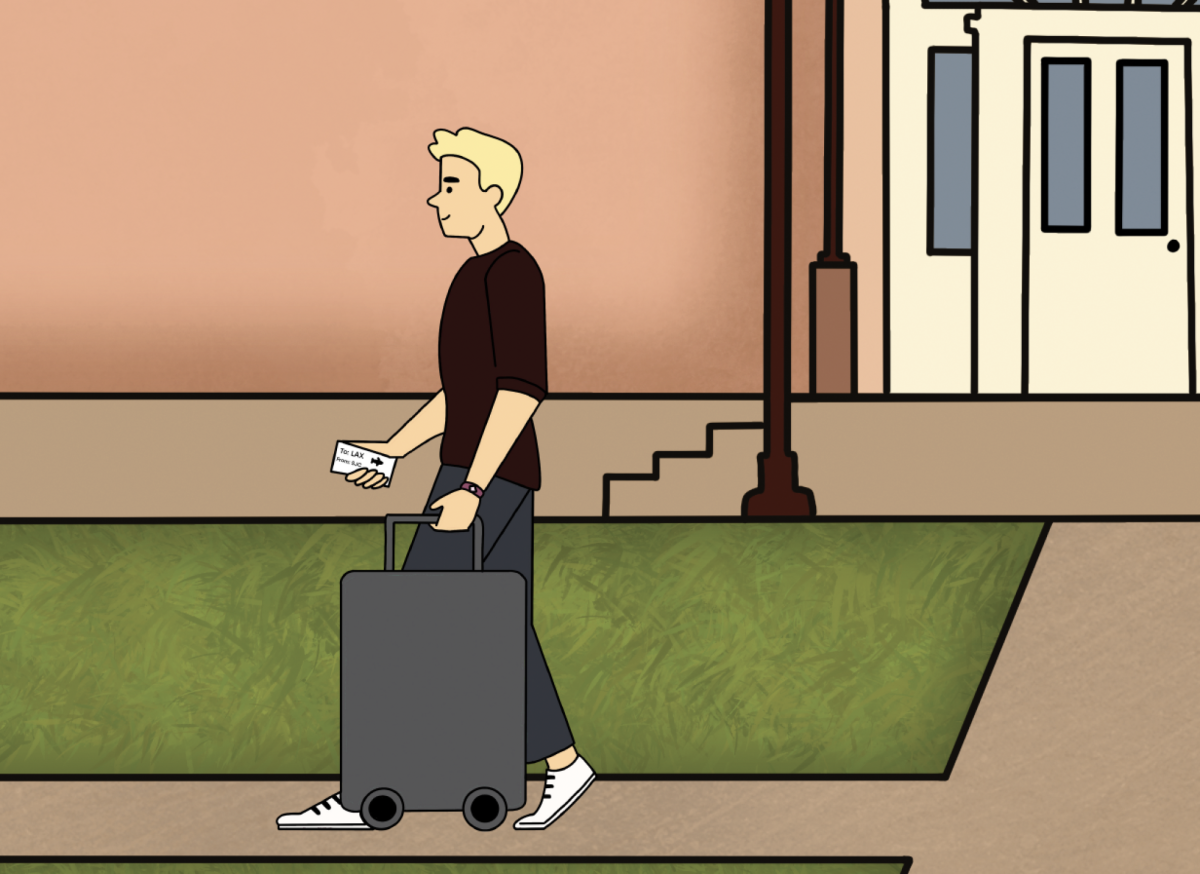Last year, 48.5 million Americans over the age of 12 grappled with substance use disorders, underscoring a growing crisis of addiction across all ages. The opioid epidemic has been rising sharply since the late 1990s, as opioid deaths have increased by 137% due to increased access to vaping and prescription drugs. In the United States, 15% of high schoolers report having used illicit substances, often influenced by their surroundings.
“Sometimes one may grow up around a family that is abusing substances,” FHS Family and Community Liaison Jesus Ramirez, said. “If your family is using marijuana and they’re using alcohol, it takes away some of the stigma.”
Social media glorifying vaping and partying. Peer pressure further normalize these behaviors among the youth. Cultural attitudes, such as the portrayal of alcohol as a social staple in films and advertisements, reinforce permissive views toward substance use.
“More broadly, addiction encompasses alcohol, THC use or vape, Nic[otine], alcohol,” Ramirez said, noting the prevalent substances among youth.
The economic toll is staggering, with substance abuse costing families thousands in treatment and straining public health systems. In 2021, the National Institute on Drug Abuse (NIDA)estimated that substance use disorders cost the U.S. over $700 billion annually in healthcare, lost productivity, and criminal justice expenses.
To address this, federal and state policies such as the Affordable Care Act (ACA) and Bipartisan Safer Communities Act (BSCA) have tightened regulations on vaping products and mandated drug education in schools. FUHSD, for example, integrates substance abuse prevention into its curriculum, aiming to deter early experimentation.
Biologically, addiction hijacks the brain’s reward system. Everyday activities, like eating, trigger dopamine, fostering satisfaction. However, addictive substances like opioids, cocaine and nicotine flood the reward pathway with dopamine — up to 10 times more than natural rewards.
This rewiring erodes self-control, diminishes enjoyment of other activities, and can cause lasting changes to neural circuits, particularly in adolescents whose brains are still developing. Prolonged use impairs brain regions governing impulse regulation, while withdrawal symptoms, including anxiety and physical discomfort, hinder recovery.
Quitting is rarely straightforward. The brain’s altered state and withdrawal effects make cessation daunting, yet recovery is achievable with support. Therapy, education and community resources are critical first steps. FUHSD offers programs for students seeking help.
“For first-time offenders, when they get caught doing [it], the district connects students with substance abuse counselors and involves parents in treatment plans,” Ramirez said.
Addressing addiction demands awareness and access to resources. By seeking counseling, engaging in therapy or leveraging school and community support, individuals can navigate the path to recovery, despite the profound challenges of substance abuse.






















